We are very excited to announce that Dr. Sudip Shekhar, Associate Professor in the Department of Electrical and Computer Engineering, has been awarded the Schmidt Polymaths Science award and is the first Canadian to do so! The Schmidt Polymaths Award is presented to ten recipients with remarkable research track-records and includes a grant to further fund their work. Each recipient is awarded US $500,000 annually for a period of up to 5 years, a total of up to US $2.5 million. This grant is intended to allow the exploration of potentially breakthrough ideas that may not otherwise receive adequate funding.
Dr. Shekhar plans to use the funding from the Schmidt Polymath Award to research circuit techniques to shrink the photonic microchip biosensor technology to a portable, disposable size. These biosensors have the potential to provide inexpensive, robust point-of-care biomedical testing, and improve accessibility to medical testing for remote communities and emergency services. This technology can also be used at drive through testing centers, drug stores, and at home. According to Dr. Shekhar, “Point-of-use diagnostics is a complex multidisciplinary research field, but I believe it is an area primed for the microchip revolution. Our scientific mission with this award will be to build disposable credit-card-sized test kits that give rich, multiplexed, quantitative data for viruses, cardiac, and neurological ailments.”
ECE has had the opportunity to interview Dr. Shekhar on his award and the future impacts of his work. We welcome you to read on to hear from Dr. Shekhar!
Dr. Shekhar, congratulations on winning the Schmidt Science Polymath Award! What does winning this award mean to you?
The Schmidt Science Polymath award is unique since it is meant to recognize prior path breaking successes in conducting multidisciplinary research. The award provides unrestricted gift funds to enable a pivot towards high-risk, high-reward research that may not be easy to fund from other sources if the research does not fit the mold. This recognition humbles me, and I am very excited to dream big and pursue research that could one day make significant changes to our society.
Can you give us a brief summary of your research so far and how the research development process has been? Any difficulties that were overcome, breakthroughs, etc.?
My research is at the junction of circuits and communication systems, photonics, physics, quantum mechanics, signal processing, computing, and machine learning. Each of them is a vast field, and I am obviously not an expert in all of them. Therefore, to conduct impactful research, our group spends considerable effort in understanding the big picture to pick meaningful problems to solve. This also requires fostering collaborations with colleagues at UBC and around the world and companies with a research bent. Once we understand and speak somewhat of a similar language, the partnerships are extremely rewarding. But at the same time, multidisciplinary research is challenging and takes time.
When you think back to when you started the multidisciplinary research that contributed to the award, why did you start in those areas in the first place?
I will give an example of silicon photonic systems, which require an understanding of photonic devices and their interplay and cointegration with electronic circuits. The pace of technology development in electronic integrated circuits has slowed considerably due to the laws of physics. This was evident in 2010 itself, when I was working as a Research Scientist at Intel Labs. At the same time, another technology leveraging the same silicon platform but incorporating photonics on the chip promised much higher speed, fueled by the speed of light. I started investigating silicon photonics and its cointegration with electronics – at Intel from 2010-2013, and then at UBC, and my group has had considerable success in shaping the industry roadmap. Silicon photonics also promises to enable entirely new applications in communications, computing, autonomous driving, and sensing, and my group is working in some of those areas.
What research are you planning to pursue as a Schmidt Polymath, and why will it be important in the years to come?
This Polymath award will enable a research pivot to work to democratize and decentralize medicine using silicon electronic-photonic integrated circuits. While commercial-grade platforms today offer quantitative gold-standard tests for nucleic acid and protein biomarkers, they require centralized laboratory analysis, trained technicians, long time-to-result, and expensive equipment. On the other hand, current rapid, low-cost assays like lateral-flow strips (e.g., pregnancy tests) tend to be qualitative and low-sensitivity. Biomarker testing cannot be ubiquitous until it reliably gives accurate, rapid, and cost-effective diagnoses in a user-friendly format.
Microchips can be built in the billions and cost pennies at such volume. Photonic microchips are highly sensitive biosensors to detect biomarkers, and the technology has already been proven commercially. Although the chips cost very little, the standard commercial-grade measurement equipment costs tens of thousands of dollars, sits on a lab bench, and discards most of the data due to its inherent architectural limitations.
Point-of-use diagnostics is a complex multidisciplinary research field, but I believe it is an area primed for the microchip revolution. We would utilize the Polymath award funding to research circuit techniques to shrink the equipment to a portable, disposable, inexpensive testing kit device. We already have a fantastic, multidisciplinary team with colleagues from ECE (Chrostowski, Mirabbasi, Jaeger), SBME (Cheung, Grist), Physics & QMI (Young), Pathology and Lab Medicine (Wellington), and have made early breakthroughs to realize such a vision.
What future impacts do you feel this research can have?
Our scientific mission with this award will be to build disposable credit-card-sized test kits that give rich, multiplexed, quantitative data for viruses, and cardiac and neurological ailments. If costing <$10, such kits will be a game-changing technology for isolated communities (e.g., rural territories) without centralized testing facilities, emergency services, drive-through testing, drug stores, and, in the long run, for at-home use.
Is there anything else that you would like the people reading this interview to know about your work and your research team?
We eagerly seek collaborative opportunities from experts in biomedical sample preparation, assay development, scalable microfluidics, point-of-care and point-of-use diagnostic applications. We are also looking to recruit several undergraduates, graduates, and postdoctoral fellows to help us with our ambitious goals.
This year, you won the Killam Teaching Prize at UBC, and now have been chosen as the first Canadian Schmidt Science Polymath. What is your secret?
I have always believed that a good research leader ought to be good in teaching. And conducting cutting-edge research helps in bringing a unique perspective to the classroom too.
Dr. Sudip Shekhar is an Associate Professor in the Department of Electrical and Computer Engineering. For more information on Dr. Shekhar and his research, visit his UBC ECE faculty page at https://ece.ubc.ca/Sudip-Shekhar/ or the Schmidt Futures announcement page for this year’s Schmidt Science Polymaths award: https://www.schmidtfutures.com/schmidt-futures-announces-recipients-of-schmidt-science-polymaths-award/
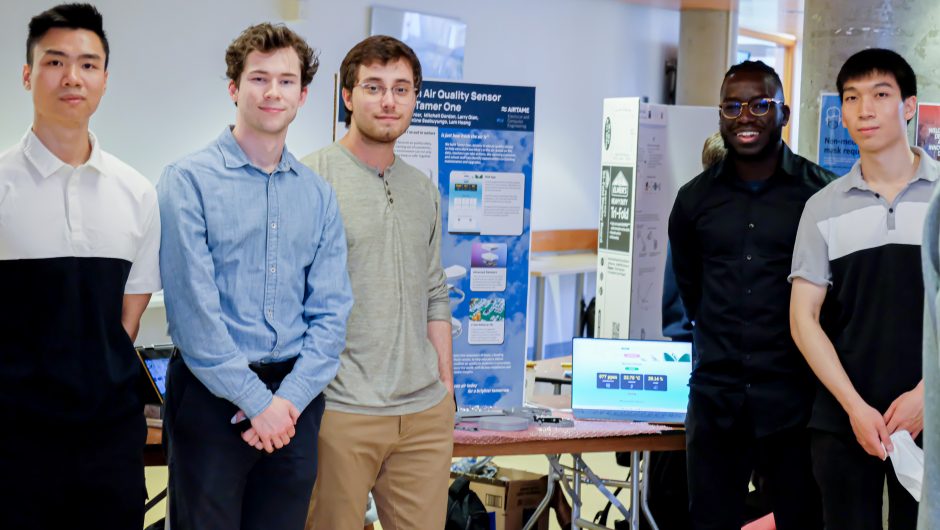
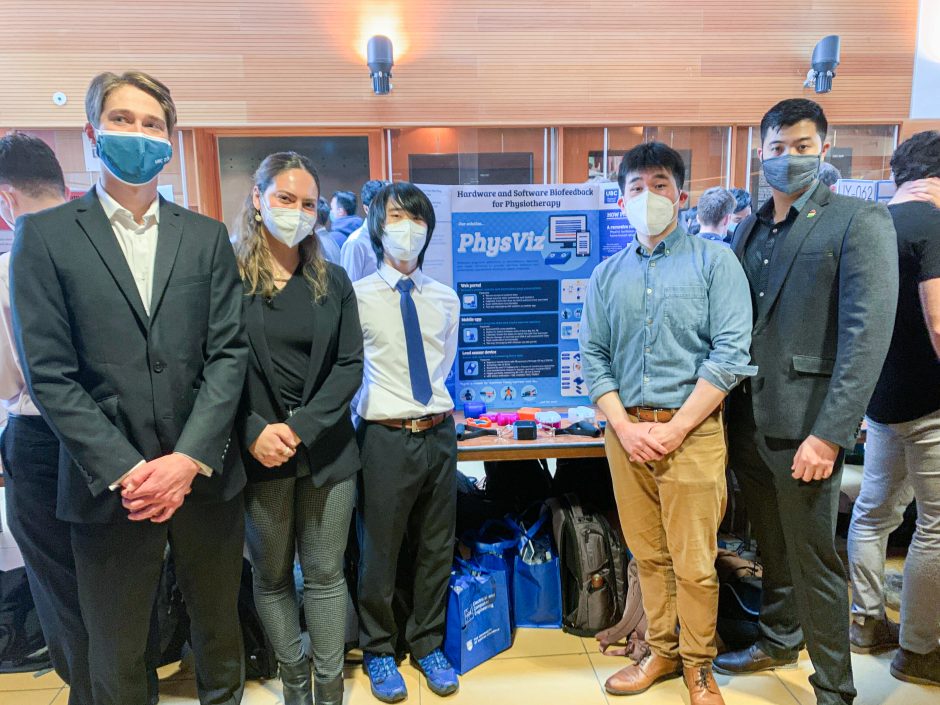


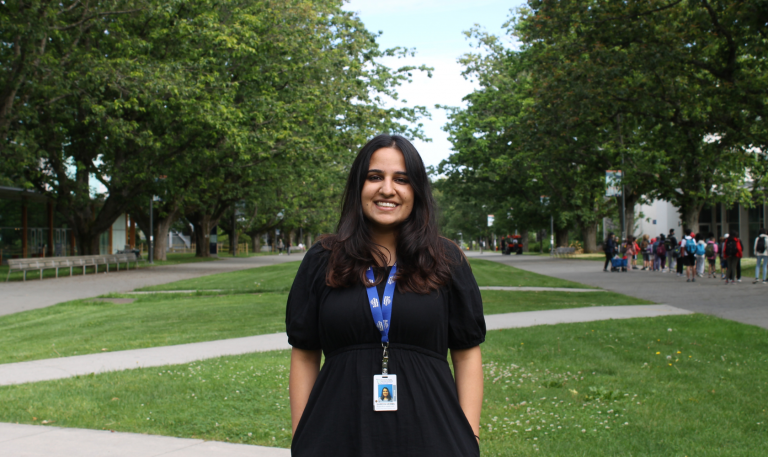
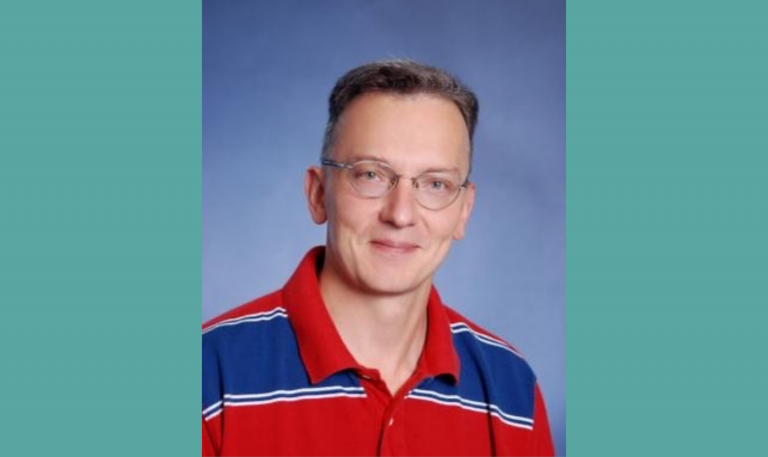
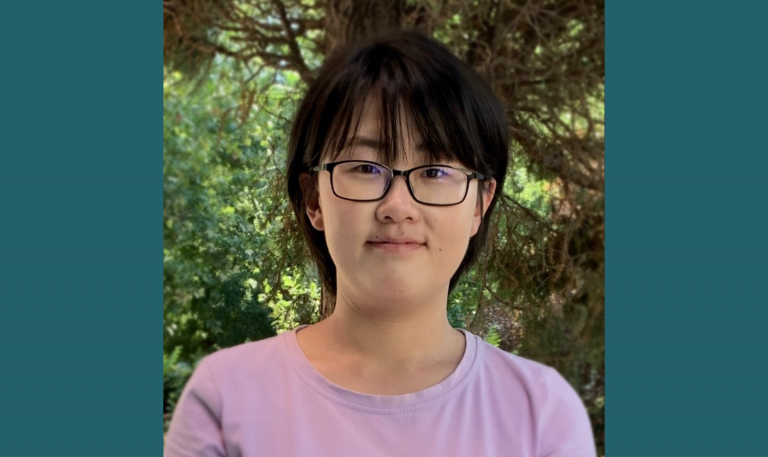
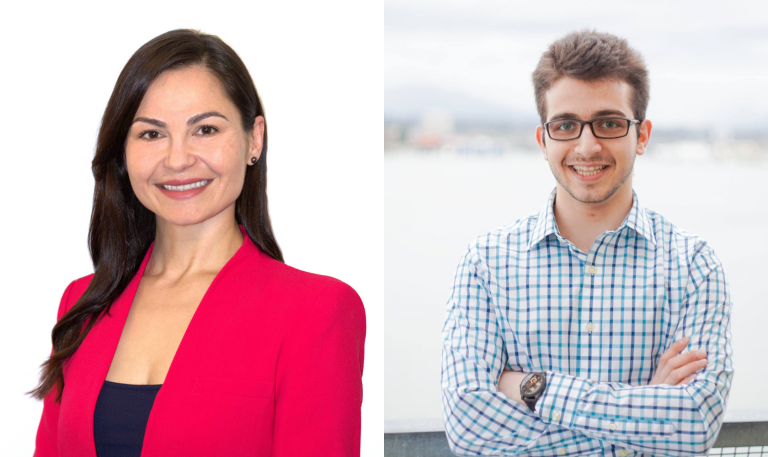
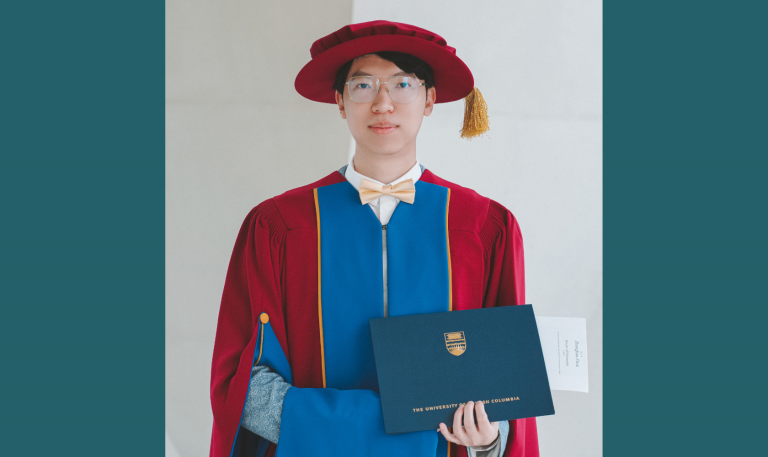





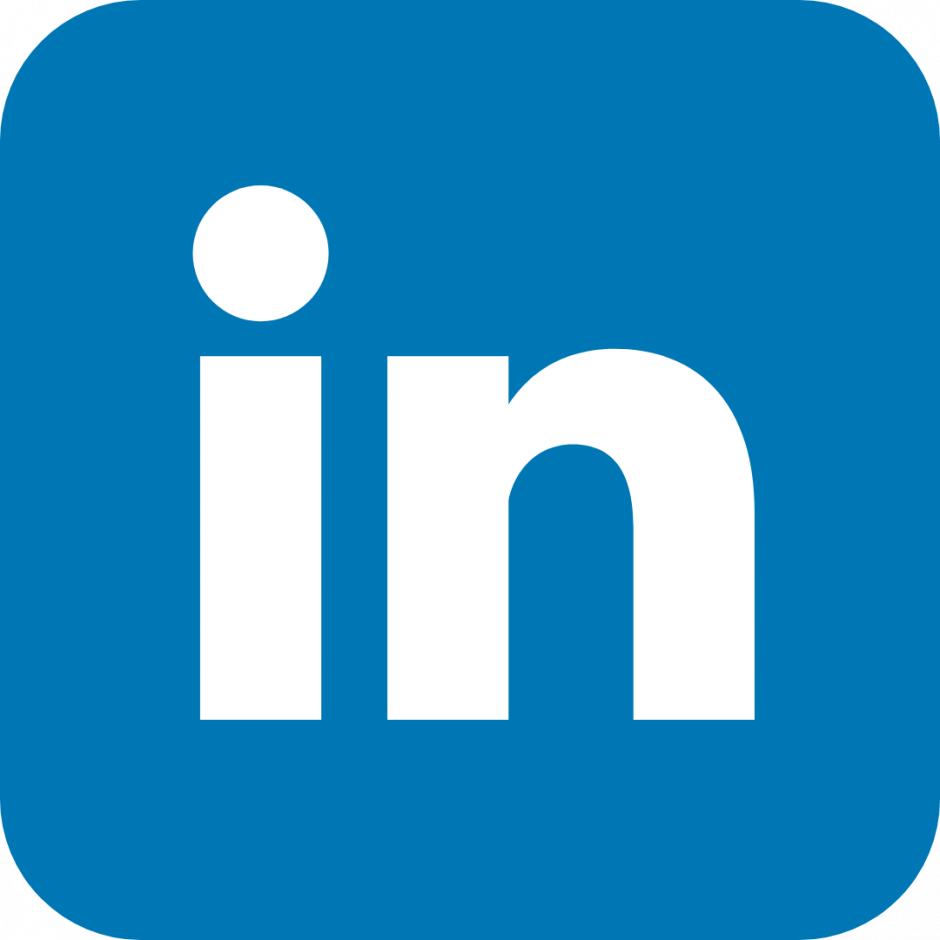

 Loading…
Loading…